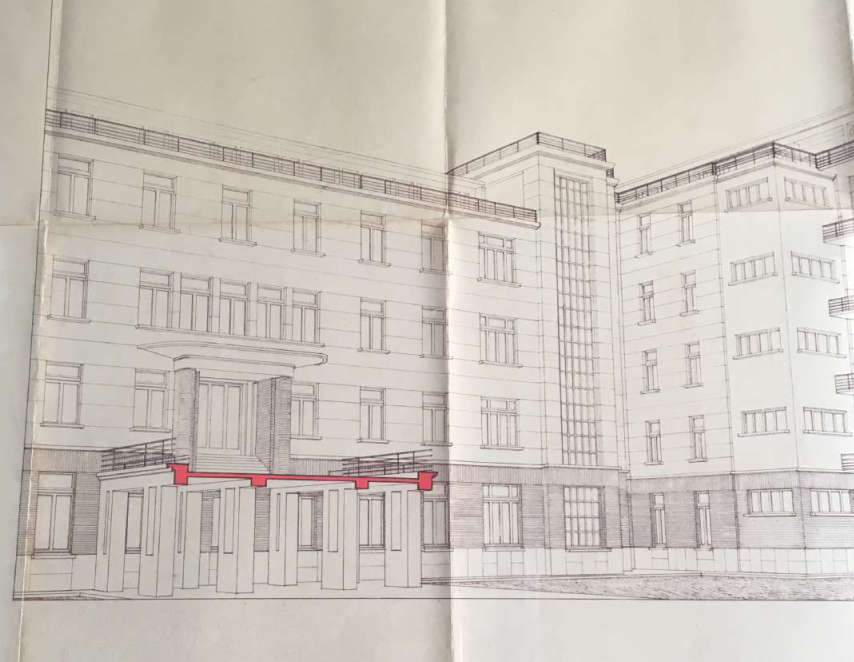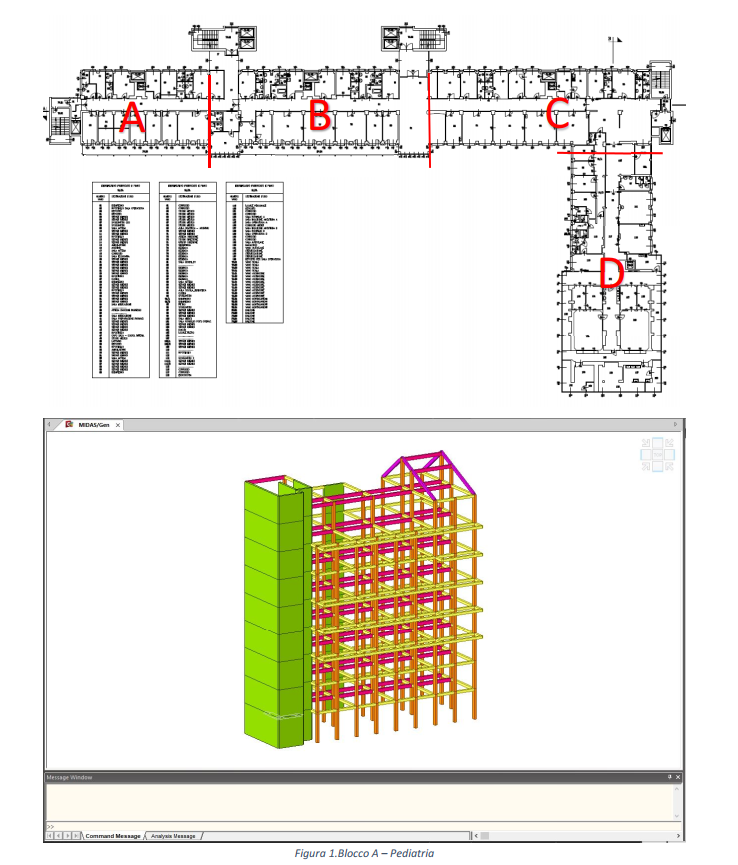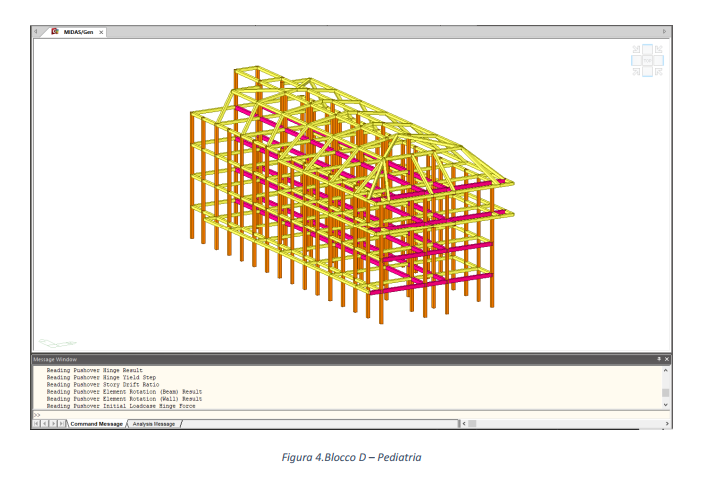Not only in design and construction; not only in technological, construction and structural innovations. In the panel of its services, the Stancanelli Group also offers non-linear structural analysis for investigating the seismic vulnerability of existing buildings: a delicate issue of particular relevance to Italy, where a large part of the building stock, dating back to pre-1970s, does not have adequate anti-seismic standards.
In 2019, thanks to its experience in the field, our Group was awarded the task of assessing the seismic safety of a number of pavilions (no. 31 for paediatrics, no. 27 called Forlanini with the annexed canteen building) of the Policlinico San Matteo in Pavia.
CENSUS OF THE SECURITY LEVEL
Specifically: the Paediatrics Pavilion was built in the 1970s and is a reinforced concrete structure; the Forlanini Pavilion (dedicated to the Pulmonology Department) is less recent and is a mixed structure in masonry and reinforced concrete.
After winning the call for tenders at the end of 2019, the analysis was completed with the delivery of the final report: a tool to which our company has dedicated itself to, achieved by the diligent work of, amongst others, internal structural engineers and an external company that carried out investigations into the materials. A tool that will be used by the hospital administration to survey the level of safety of buildings of such great public importance, especially at a time of great stress on health centres due to the continuing Covid-19 pandemic.
FIRST PHASE: HISTORICAL RESEARCH
The census and assessment work was, of course, carried out in two stages.
The first – unfortunately affected but not compromised by the spread of the coronavirus and the consequent lockdown periods – was characterised by precise documentary research on the buildings, in order to have at our disposal the historical design documentation made available both by the Pavia General Hospital and by the relevant bodies, with the aim of identifying the architectural-structural composition of the pavilions under investigation.
SECOND PHASE: FIELD VERIFICATION
Following this, the sustainability and seismic vulnerability assessment of the three buildings was carried out on site. Which, being built with three different construction techniques, required the use of three different analysis software:
– MidasGen, for example, an advanced calculation solver based on the FEA (Finite Element Analysis) numerical technique generally used to calculate steel or reinforced concrete structures (the Paediatrics Pavilion);
–3DMacro®, produced by Gruppo Sismica srl, which offers the possibility of constructing calculation models for masonry and mixed structures (in our case the Paediatrics Pavilion: masonry and concrete), which simulate the reality and structural behaviour of the building.
– Sismicad produced by Concrete srl, used to determine the seismic vulnerability of the Canteen building, constructed in reinforced concrete using the prefabrication method.
THE STATE OF SEISMIC SUSTAINABILITY
The mandate of the call was fulfilled thanks to the following work processes:
1) acquisition and cognitive analysis of documentary maps;
2) structural geometric survey: i.e. a complete acquisition – as also required by the Technical Regulations – of the characteristics of the structure.
That is, the resistant structures, loads, elasticity and conservation of materials were examined, also putting these surveys in relation to the available historical documentation;
3) The execution of tests – cores, samples, etc. – on the materials of the structure to determine the mechanical characteristics of the construction materials used and the state of deterioration (or conservation) of the building.
4) This data, reworked with software and digital platforms, finally allowed the formulation of a final report on the state of seismic vulnerability (i.e. the predisposition to suffer damage and collapse, upon the occurrence of a seismic event) of the 3 buildings of the San Matteo in Pavia, starting from a prefixed intermediate level of knowledge LC2.
STRUCTURAL CALCULATION (NON-LINEAR)
A very specialised subject, structural calculus (or structural analysis), to put it simply, is the processing of data – acquired using practical and computer techniques – to solve engineering problems in the ‘mechanics of structures’. Its purpose is to determine the tensional and deformational state within the structure under consideration, i.e. the distribution of internal stresses, deformations and displacements of structural elements.
Without going into the details of a vast and complex chapter, structural analyses are divided into linear and non-linear. The former, which are more common, are usually carried out during the design of new buildings; the latter are mainly used for existing buildings and serve to learn about the behaviour of the structures of a construction when subjected to different levels of stress.
The Stancanelli Group, by continuously collaborating with professionals and university research bodies, is able to offer these types of design services, which – in a country like Italy, with its high seismic risk – make it possible to determine the actual state of seismic vulnerability and sustainability of buildings, thus raising the level of knowledge and anti-seismic safety of the population.







